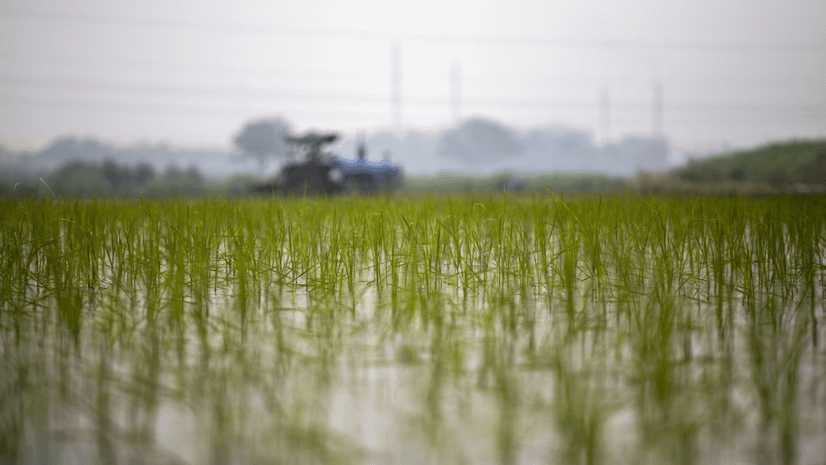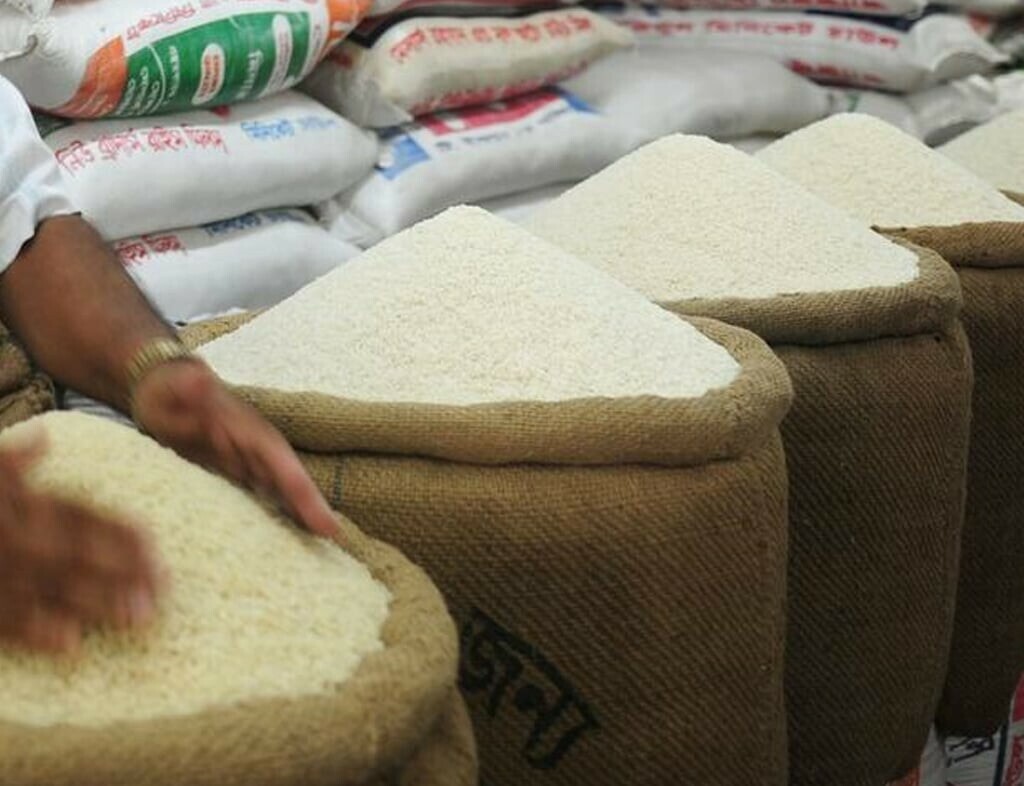Tags
Assam, Arunachal, Himachal, TN face grave climate risk to rice productivity
The states at yield risk till a few years back accounted for less than 20 per cent of India’s annual rice production.

Photo: Bloomberg
As rice production in India faces multiple challenges, productivity in Assam, Arunachal Pradesh, Himachal Pradesh, and Tamil Nadu is most susceptible to climate risks, a paper presented at the 32nd International Congress of Agriculture Economists in Delhi stated.
However, states like Bihar, Uttarakhand and Jharkhand face the least risk, it added.
Another paper presented at the conference showed that increasing the price of electricity in Punjab, which is one of the major growers of paddy, from zero to the true cost of supply, could lead to a sharp 59 per cent cutback in water extraction using electric pumps.
However, the decline in average paddy yields is limited to just 11 per cent.
Farm power is heavily subsidised in some states like Punjab, leading to concerns regarding the overuse of groundwater resources.
“The burden of the subsidies is borne by the state electricity board and thus, these policies incentivise wasteful use of energy and water resources,” the paper said.
Yet, another paper presented at the conference concluded that the total factor productivity (TFP) of rice, wheat, and combined cropping systems has stagnated and declined over the Indo-Gangetic plains during the last five decades (1970-71 to 2019-20).
The paper on state-wise climate risks and rice productivity is by Nishi Yadav, from the Indian Institute of Technology, Guwahati.
It was based on a climate risk index for 26 major states of India, which correspond to different agro-climatic zones.
The study also explores the relationship between climate risk and rice productivity in Indian states using a panel data regression analysis.
“The regression analysis results show a negative relationship between climate risk and rice yield, indicating that an increase in climate risk can severely affect rice productivity and India’s food security. Since India is the second-largest exporter of rice, climate risk can have global consequences,” the paper concluded.
The paper on how raising the price of electricity in Punjab could help in a cutback of water extraction titled, ‘Pricing Farm Electricity, Water Use, and Efficiency: The Case of Paddy Cultivation in Punjab,’ was presented by Disha Gupta of the Indira Gandhi Institute of Development Research, Mumbai.
It used parcel-level cost of cultivation data from the Ministry of Agriculture for 2011-12 to 2013-14 to estimate the production function for paddy using an instrumental variable approach.
It found that the estimated marginal product of water function is relatively flat at the level of the average water application.
“The average marginal product of water is 32 kilograms for an additional thousand cubic metres of water per hectare, which is very low,” it said.
The paper on total factor productivity change in Indo-Gangetic plains titled, ‘Long Term Sustainability of Rice-Wheat Cropping System in Indo-Gangetic Plains of India: An Assessment with Total Factor Productivity Change’ was written by Adrita Dam, Soumitra Chatterjee, and Pramod Kumar.
Dam is a PhD research scholar in the division of agricultural economics at ICAR-IARI, New Delhi, while Chatterjee is an assistant professor at the department of agricultural economics at Bidhan Chandra Krishi Vishwavidyalaya, West Bengal. Pramod Kumar is a principal scientist at the division of agricultural economics at ICAR-IARI, New Delhi.
The paper said factors such as rising input costs, changing labour dynamics, groundwater depletion, and state-specific practices significantly impact productivity.
“Punjab benefits from progressive labour and mechanisation, while Haryana faces declining productivity due to groundwater depletion. Uttar Pradesh realises positive impacts from fertiliser use, while Bihar and West Bengal’s reliance on traditional practices hampers productivity,” the paper added.
https://www.business-standard.com/economy/news/assam-arunachal-himachal-tn-face-grave-climate-risk-to-rice-productivity-124080701491_1.htmlPublished Date: August 7, 2024






